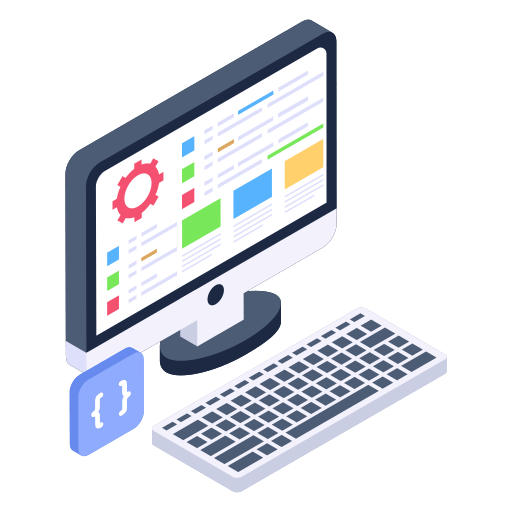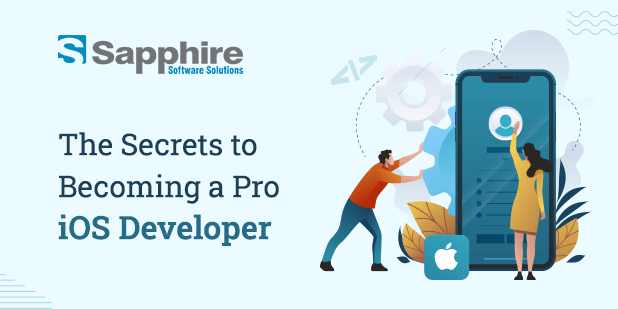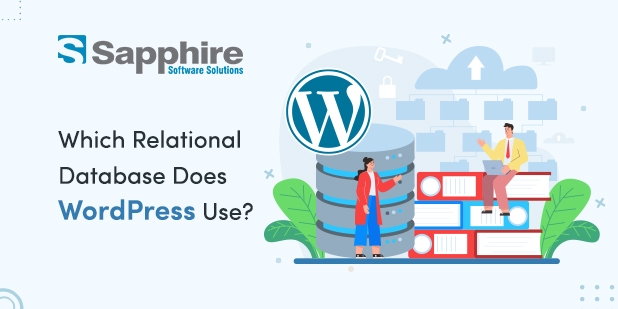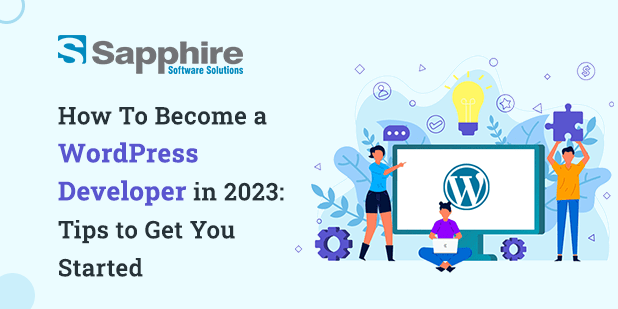1. Establish Goals and Audience:
Define your website’s aims and audience before diving into WordPress development. Understanding your site’s goal and visitors’ demands is critical to a successful digital presence.
When creating a blog, choose themes and writing styles that appeal to your readership. Consider your merchandise and user experience for an e-commerce site. Early definitions of these aspects will influence design and content strategy throughout development.
Understanding your audience includes their preferences, habits, and pain areas. Market research and rival website analysis might reveal gaps and opportunities. This first stage sets the tone for the development process, ensuring your website fulfils target audience expectations.
2. Select a Theme:
WordPress development requires careful theme selection. The theme shapes your site’s appearance and functionality. There are many free themes; however, paid ones generally have more perks.
Superior support, updates, and customization are characteristic of premium themes. Long-term time and frustration savings. Choose a responsive theme for a consistent user experience across devices.
Think about your website’s requirements. Choose an e-commerce theme for your online business. A portfolio site should be attractive and straightforward to use. The theme is visitors’ initial impression of your site, so select one that matches your brand and objectives.
3. Optimize Speed and Performance:
Website speed affects customer happiness and search engine rankings significantly. Slow websites increase bounce rates and hurt SEO. Thus, WordPress speed and performance optimization is crucial.
Image compression without sacrificing quality works well. Pages load slowly with large picture files. Use picture compression plugins to minimize file size without compromising quality. Save static files on visitors’ devices using browser caching to speed up later visits.
HTTP request reduction is another performance enhancement strategy. Combine stylesheets and scripts to minimize page load size. This speeds up browser resource retrieval, improving performance.
Consider using a CDN to spread your website’s assets across different servers globally. This lowers user-server distance, speeding up loading. Global audiences benefit from CDNs, which provide a consistent and fast experience.
4. Make Mobile Friendly:
WordPress developers must prioritize mobile adaptability due to extensive mobile usage. With most internet traffic from smartphones and tablets, your website must work well across screen sizes.
Choose a responsive theme that adapts to the device. Responsive design removes the requirement for a mobile site, giving consumers a uniform experience across devices.
After choosing a responsive theme, test it on numerous devices and browsers. This stage detects and fixes responsive design flaws, including misaligned components and distorted pictures.
5. Implement SEO Best Practices:
SEO is critical to online exposure; thus, implementing SEO best practices into your WordPress development process.
Install a trustworthy SEO plugin like Yoast SEO to optimize title tags, meta descriptions, and URL structures. If you need to become an SEO expert, Yoast SEO’s user-friendly interface leads you through optimization.
SEO starts with keyword research. Find keywords linked to your content, goods, or services. Find high-performing keywords with moderate search volumes using Google Keyword Planner or SEMrush. Use these keywords organically in your content to boost search engine rankings.
High-quality, helpful content is essential for SEO. Create material that meets audience requirements and interests. Google ranks new, relevant, and complete information higher. Update material often to keep it relevant and show search engines your site is active.
Link building is also essential for SEO. Create high-quality backlinks from trusted sources to boost your site’s authority. Guest posting, outreach, and industry forums increase backlinks.
6. Protect Your Website:
Website security is a top priority in WordPress development.
WordPress, themes, and plugins must be updated regularly to keep websites safe. Security updates are released routinely, and neglecting to implement them might put your site at risk. Enable automatic updates wherever feasible to keep your site running with the newest, most secure components.
Strong authentication is critical for website security. Always use complex, unique passwords for user accounts and consider 2FA for further protection. This adds a mobile verification code to the login procedure.
Consider a security plugin to fortify your site. Malware scanning, firewall protection, and activity monitoring are security plugin functions. WordPress website security solutions like Wordfence and Sucuri Security are popular.
Back up your website regularly to avoid data loss. A recent backup lets you swiftly restore your site to a safe state in the case of a security breach or other incident. Automate and store offshore backups securely.
7. User Experience First:
User experience (UX) is critical to website success. Design, navigation, and usability must be considered to provide WordPress site visitors with a good experience.
Start by simplifying site navigation. Provide a simple menu structure so people can locate what they need. Reduce clutter and complexity and favour a user-friendly, exploratory experience.
Site design should be easy to read and attractive. To avoid visual overload, utilize a legible typeface, a consistent colour palette, and strategic whitespace. Create a compelling and accessible design by balancing beauty and usefulness.
Help people navigate your site with clear CTAs. Strategically positioned and well-designed CTAs boost user engagement and conversion rates by driving newsletter subscriptions, purchases, and contacts.
Usability testing can detect and fix user journey problem points. Get user feedback to learn how people utilize your site. Measure user behavior using heatmaps and session records to enhance your site’s UX.
Social media integration into your WordPress website is crucial for online visibility, community participation, and traffic in the linked digital world. Add social sharing buttons to your content. Allow visitors to share your articles, goods, and portfolio on social media. Place these buttons strategically for visibility and ease.
Showcase your newest social media postings and conversations on your site. This boosts your online visibility and encourages users to engage with you on other platforms by providing real-time social media updates.
Integrate social commenting to engage users. Users may remark using their social network accounts instead of typing. This simplifies comments and makes your website friendly.
Optimize social media sharing using Open Graph meta tags. These tags affect your Facebook posts’ title, description, and picture, making them visually attractive and informative.
With social sharing buttons, feeds, social comments, optimized Open Graph meta tags, and follow buttons, your website and social media platforms are seamlessly connected, creating a dynamic online presence. If you are not a professional, hire WordPress developer to get it done professionally.
9. Regularly update content:
Successful WordPress website development continues beyond development. Content updates are essential for relevancy, SEO, and visitor engagement.
Create a content strategy that supports your aims. Plan your content, updates, and distribution methods for a blog, e-commerce site, or portfolio. Building audience loyalty requires consistency.
Keep blogs and articles updated with news and trends. This enhances content accuracy and shows search engines your site is active. Google and other search engines rate fresh information higher.
Diversify content forms to satisfy varied tastes. Mix textual content, videos, infographics, and other material. This keeps your material exciting and lets you reach more people with different tastes.
Reuse and update material to optimize value. Consider adding new information, insights, or images to evergreen material. This preserves your material and boosts your specialized knowledge.
Conclusion:
By hiring a WordPress development company in USA, you can build a great-looking, fast-performing website. Careful planning, attention to detail, and continuous improvement are vital. As the digital environment changes, you’ll stand out online with a well-optimized and user-friendly WordPress site.
FAQs:
Choose a beautiful WordPress theme, optimize pictures, keep a clean layout, add compelling content, and prioritize user experience and mobile friendliness.
Developing a great website involves:
- Setting clear goals.
- Ensuring user-friendly navigation.
- Implementing a responsive design.
- Creating compelling content.
- Optimizing for search engines.





































